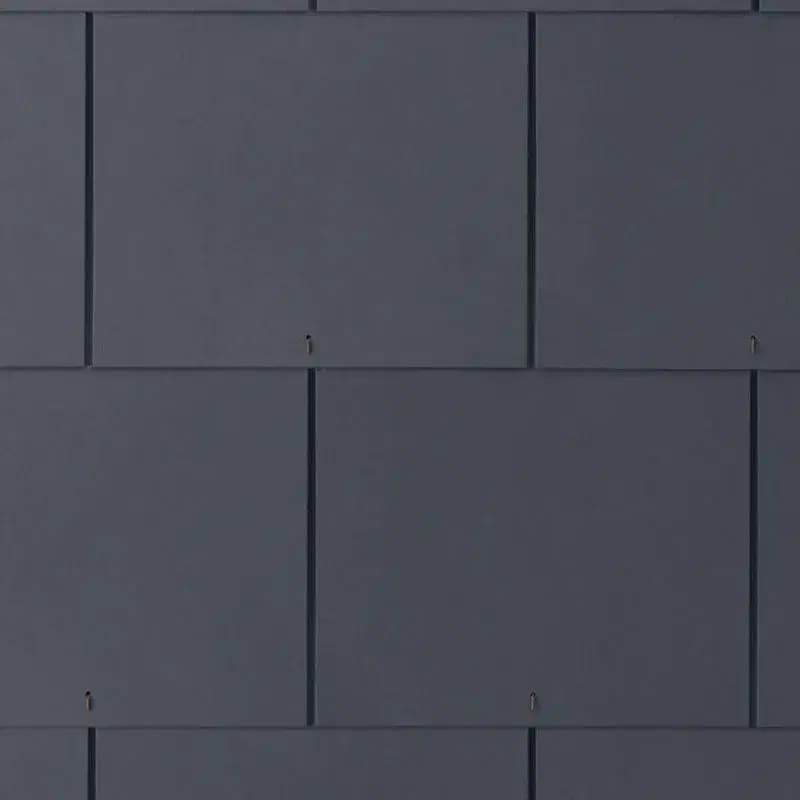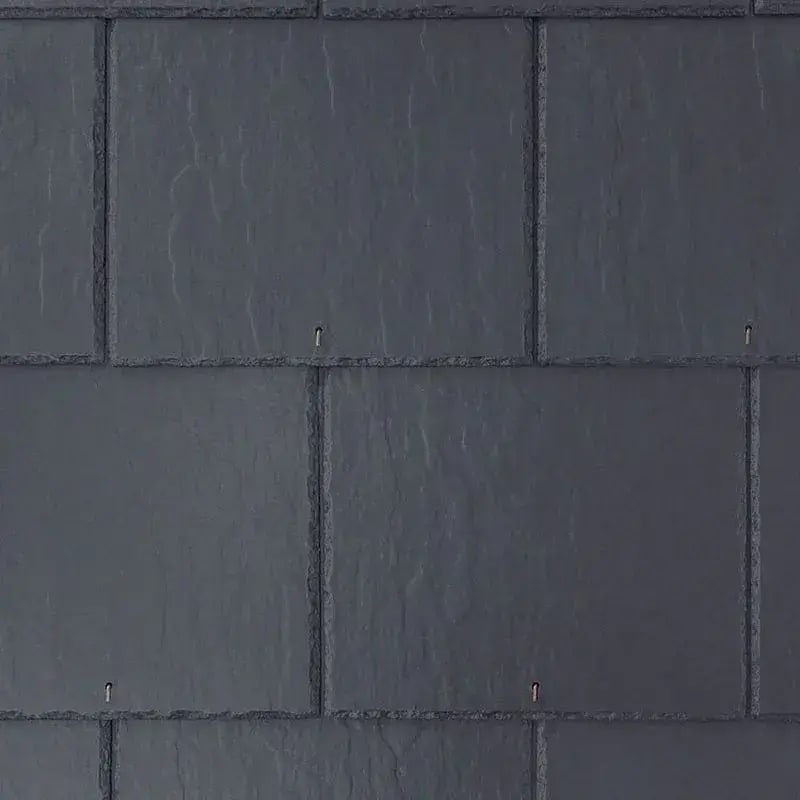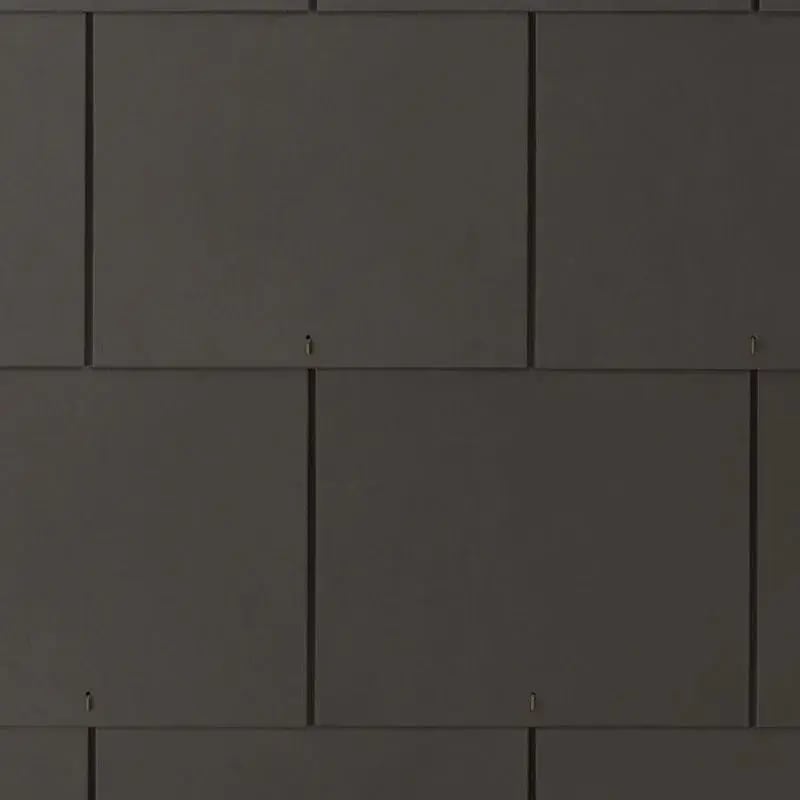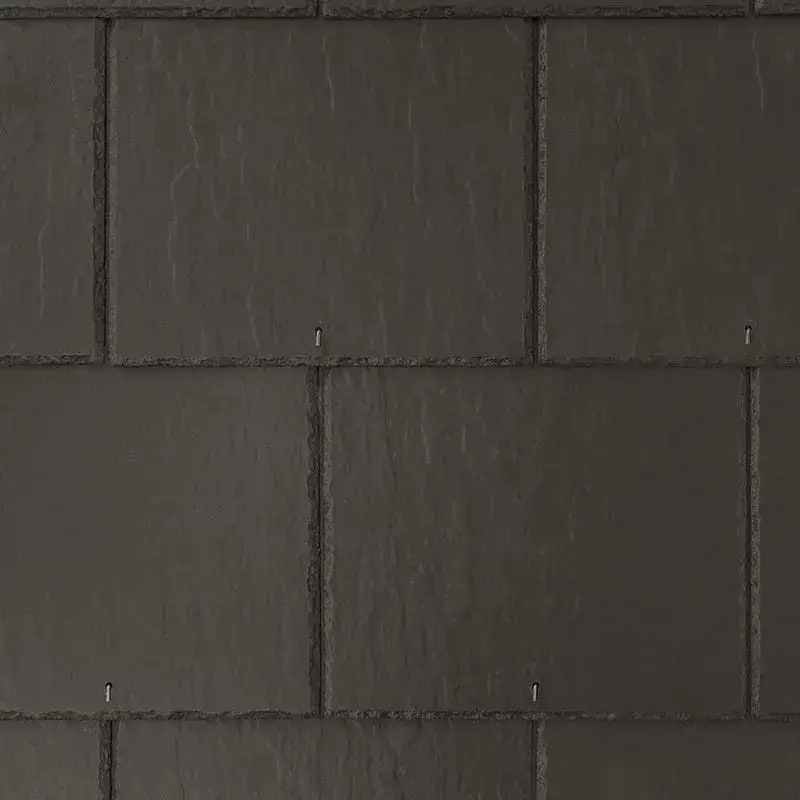Roof Tiles & Slates
(10 Products)Roof Tiles & Slates provide durable, weatherproof coverings for pitched roofs, combining traditional roofing formats with modern performance standards. Used across residential, commercial, and public buildings, they form the outer protective layer of a roof system, delivering long-term resistance to wind, rain, and temperature variation.
Understanding Roof Tiles & Slates
Roof tiles and slates are modular roofing elements designed to create a watertight, ventilated outer layer that protects underlying roof structures from environmental exposure. They are typically laid in courses with controlled overlaps, ensuring effective water run-off and wind resistance. The range encompasses both traditional and modern formats suited to a variety of architectural roof profiles.
Manufactured roof slates and tiles are precision-formed to maintain consistent dimensions, facilitating efficient installation and alignment. Modern production techniques ensure uniform strength, colour stability, and reduced maintenance requirements compared with natural alternatives.
Their design allows for integration with standard roofing accessories such as ridge systems, verge units, and ventilation components, maintaining performance and aesthetic continuity across complete roof assemblies.
Material Range
- Roof Tiles: Interlocking or overlapping units designed for efficient coverage and reliable weatherproofing. Available in a range of surface finishes and profiles to accommodate differing regional roof styles and pitch requirements.
- Roof Slates: Flat, overlapping elements offering a refined, uniform appearance suited to both contemporary and traditional pitched roof designs. Manufactured variants ensure consistent thickness and reduced wastage compared with natural slate options.
Key Features
- Weather Resistance: Designed to withstand prolonged exposure to rain, frost, and wind in variable climates.
- Dimensional Consistency: Calibrated sizing ensures rapid installation and precise alignment across roof surfaces.
- Low Maintenance: Smooth finishes and defined edges reduce moss accumulation and water retention.
- Compatibility: Fully suited to use with standard roofing membranes, battens, flashings, and accessory systems.
Typical Applications
- Residential Roofing: Used on pitched roofs for houses, extensions, and conversions requiring reliable weatherproof coverage.
- Commercial Projects: Applied to long-span roofs needing uniform appearance and low-maintenance performance.
- Public and Institutional Buildings: Suitable for heritage or modern structures demanding symmetry and durable finishes.
- Refurbishment Works: Ideal for re-roofing projects where lightweight, modular units simplify handling and replacement.
Specification & Standards
- Roof Pitch: Typically suitable for gradients from 15° upwards, subject to product and exposure classification.
- Fixings: Use of corrosion-resistant nails or clips conforming to BS EN 490 or equivalent.
- Water Absorption: Controlled limits ensure resistance to freeze–thaw degradation and long-term durability.
- Certification: Manufactured in accordance with BS EN 490, BS EN 491, and related European standards for concrete and fibre-cement roofing units.
- Fire Performance: Typically classified A1 or A2-s1,d0 under EN 13501-1, ensuring compliance for external roof coverings.
Related Materials and Construction Uses
Roof tiles and slates integrate with underlay membranes, insulation systems, and eaves details to form complete roofing assemblies.
They are compatible with rainwater goods, ridge ventilators, and verge trims for both new-build and retrofit applications. In mixed-material roof systems, they coordinate with rooflights, photovoltaic panels, and metal flashings to maintain continuous weatherproofing and thermal performance.
Frequently Asked Roof Tiles & Slates Questions
What Is The Difference Between Roof Tiles And Slates?
Roof tiles are typically manufactured to an interlocking or overlapping design, while slates are flat and laid in courses with minimal overlap. Both types achieve water shedding through correct lap and fixing.
What Standards Govern Roof Tiles And Slates?
Roof coverings should comply with BS 5534 for slating and tiling, which sets out installation requirements, underlay use, and fixings. Additional standards such as BS EN 490 apply to concrete roofing products, and BS EN 492 applies to fibre cement slates.
How Are Roof Tiles And Slates Fixed To The Roof?
They are fixed to timber battens using corrosion-resistant nails or clips, following BS 5534 guidelines. Fixing requirements vary by exposure zone, roof pitch, and manufacturer’s specification.
What Factors Determine Roof Tile Or Slate Selection?
Selection depends on roof pitch, regional weather conditions, weight loading, and desired appearance. The chosen product must achieve adequate overlap and headlap to prevent water ingress.
Can Roof Tiles And Slates Be Used On Low-Pitch Roofs?
Yes, but the minimum pitch is determined by the product’s design and certification. Each material has a tested minimum pitch to ensure proper water runoff and weather resistance.
How Should Underlay Be Used With Roof Tiles And Slates?
Breathable or non-breathable roofing underlays are laid beneath battens to reduce wind uplift and provide secondary weather protection. They must comply with BS EN 13859-1 and be installed with correct laps and drape.
What Maintenance Do Roof Tiles And Slates Require?
Routine inspection for broken, slipped, or missing units is recommended. Gutters and valleys should be cleared regularly to prevent water pooling and damage to the roof structure.
Are Roof Tiles And Slates Suitable For Re-Roofing Projects?
Yes. Existing roof structures can often be reused if they meet current loading and fixing standards. New coverings should match or improve the original performance in line with BS 5534.
How Are Roof Tiles And Slates Installed In High-Wind Areas?
Additional fixings or clips are required in exposed zones. The fixing specification should follow the manufacturer’s recommendations and regional exposure maps in BS 5534 to ensure resistance to wind uplift.





